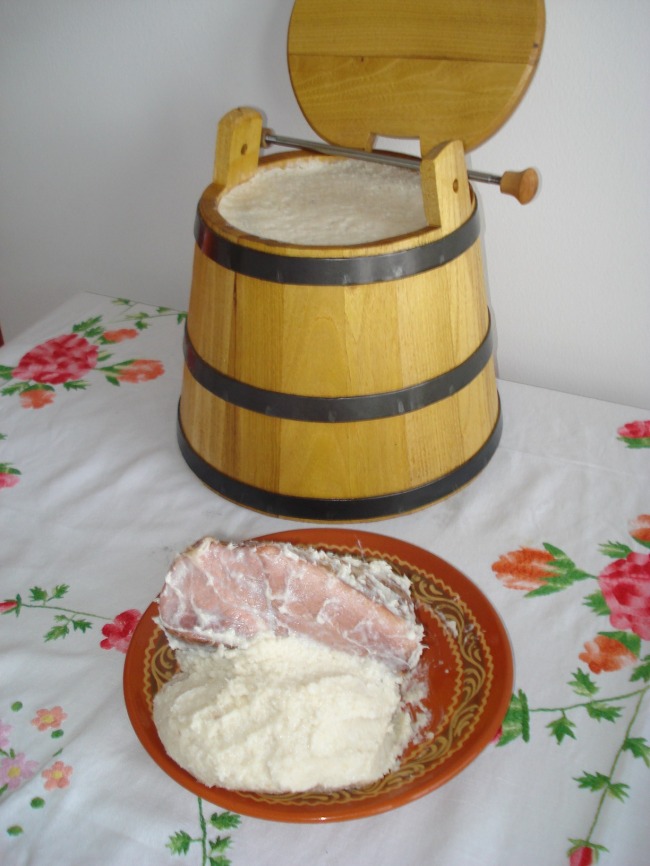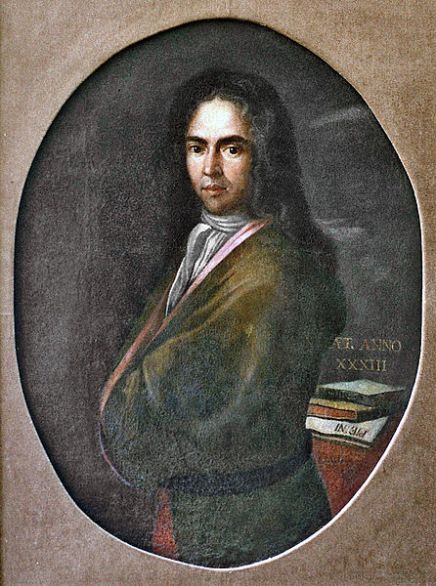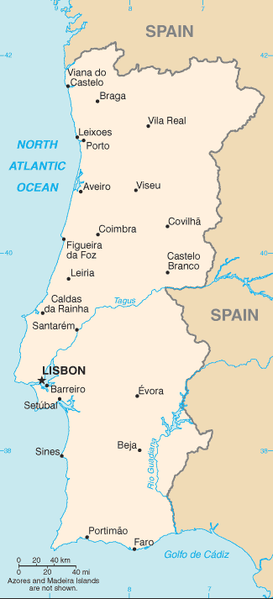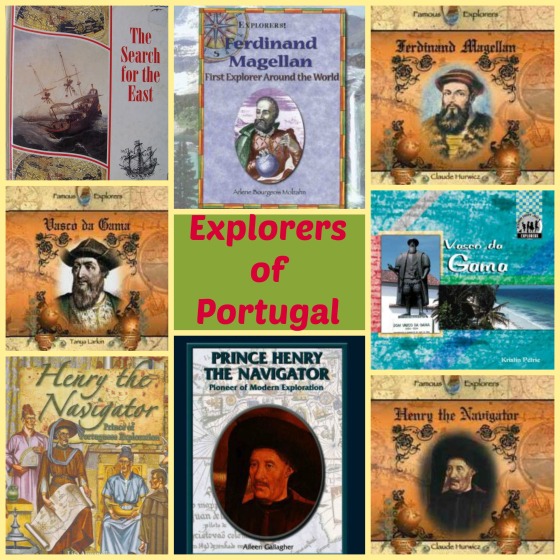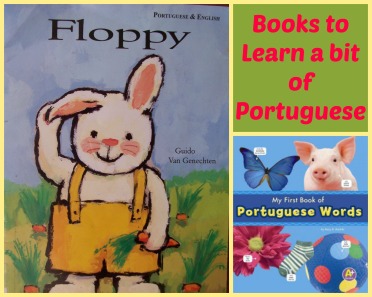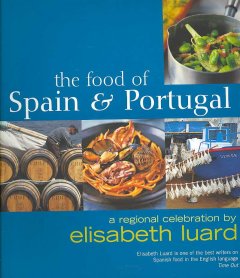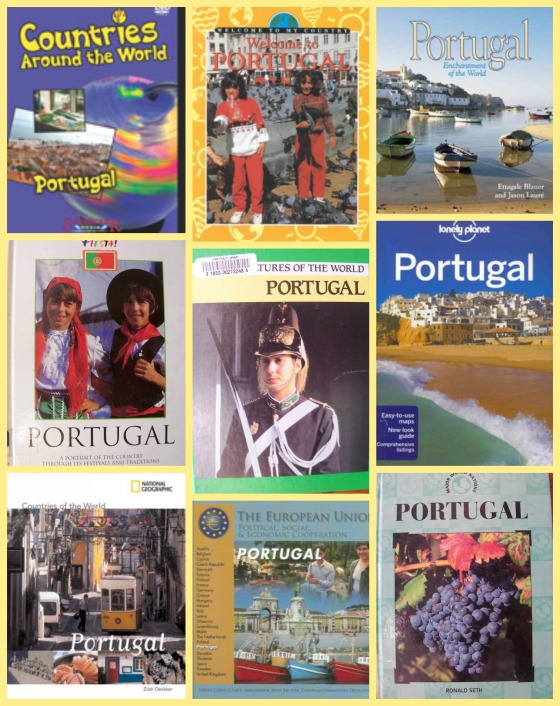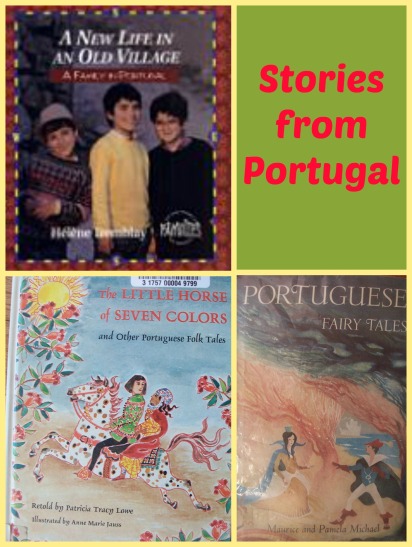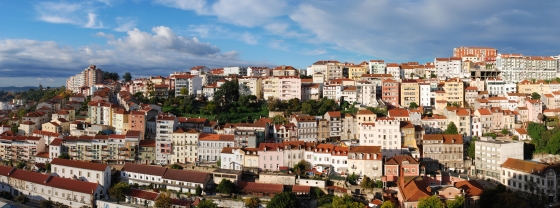 This month we are “exploring” Senegal. The Republic of Senegal is in West Africa and is the westernmost country in Eurafasia (also called the Old World and is Europe, Africa and Asia). The name comes from the Senegal River that borders the country on the north and east. It covers about 76,000 square miles and has an estimated population of 13 million. The capital is Dakar. In 1677 France took control of Senegal and remained in control until 1960 when Senegal gained independence. French is the official language of Senegal.
This month we are “exploring” Senegal. The Republic of Senegal is in West Africa and is the westernmost country in Eurafasia (also called the Old World and is Europe, Africa and Asia). The name comes from the Senegal River that borders the country on the north and east. It covers about 76,000 square miles and has an estimated population of 13 million. The capital is Dakar. In 1677 France took control of Senegal and remained in control until 1960 when Senegal gained independence. French is the official language of Senegal.
Archeological findings show that Senegal was inhabited in prehistoric times and has been continuously since by various ethnic groups. Some kingdoms were created in various centuries and Eastern Senegal was part of the Ghana Empire. Islam was introduced by various ethnic groups and the Almoravids used military force for conversion. In the mid-15th century the Portuguese landed on the coastline followed by many other European countries. The Europeans competed for trade with this area. The French eventually took control of a minor departure point of the African slave trade. In the 19th century European missionaries introduced Christianity to Senegal. The French did not venture to the mainland until 1850s. By this time they had abolished slavery. The French were met with resistance from some of the kingdoms. In 1959 Senegal merged with the French Sudan to form the Mali Federation. The Mali Federation became fully independent from France on June 20, 1960. The Federation broke up due to political issues on August 20, 1960 when Senegal and the Republic of Mali claimed their independence.

Slave Trade in Goree, Island just off shore from Dakar. By Rama (Own work) [Public domain], via Wikimedia Commons

President Macky Sall By MONUSCO Photos (President Macky Sall of Senegal) [CC BY-SA 2.0 (http://creativecommons.org/licenses/by-sa/2.0)%5D, via Wikimedia Commons

Dry and Wet Season in Sengal By NASA, Photographs courtesy USGS and USAID. (both US Fed Govt: Public Domain) [Public domain], via Wikimedia Commons
As of 2001 two articles of the Constitution guarantee access to education for all children, however the Ministry of Labor reports the public schools cannot accommodate the number children that must enroll each year. Education is free and compulsory until the age of 16. Illiteracy is high among women. Senegal is well known for the West African tradition of storytelling by griots.
Bordering the Atlantic Ocean makes fish very important food in Senegal. Also used are chicken, lamb, beef, eggs and peas. Pork is not used due to the large number of Muslims in the country. Peanuts are a primary crop in Senegal and thus used in the food as is couscous, white rice, sweet potatoes, lentils and black-eyed peas and some various vegetables. Fruit juices are drunk especially from fresh bissap, ginger, buy (the fruit of the baobab tree) and mango. Desserts are rich and sweet–combining native ingredients in French ways. They are served with fresh fruit and followed by coffee or tea.
Food in Senegal By Ángeles Jurado Quintana (Own work) [CC BY-SA 4.0 (http://creativecommons.org/licenses/by-sa/4.0)%5D, via Wikimedia Commons
The Youtube videos above gives you a sample of the sabar and tama drums in Senegal. For more music experience we took some CDs out of our local public library. Here are the ones we found with songs from Senegal.
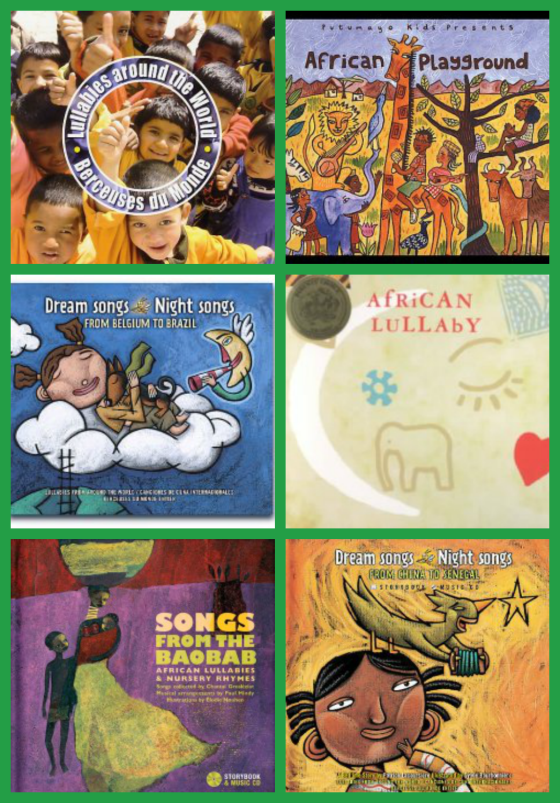 As always I like to explore the country through books so my daughter learns a bit about each country we cook a dish from. We always start with some story books. Here is a mix of books about people or legends in or from Senegal. This group is for mixed ages since one is a novel and others are picture books. I did not find too many that were appropriate for her age.
As always I like to explore the country through books so my daughter learns a bit about each country we cook a dish from. We always start with some story books. Here is a mix of books about people or legends in or from Senegal. This group is for mixed ages since one is a novel and others are picture books. I did not find too many that were appropriate for her age.
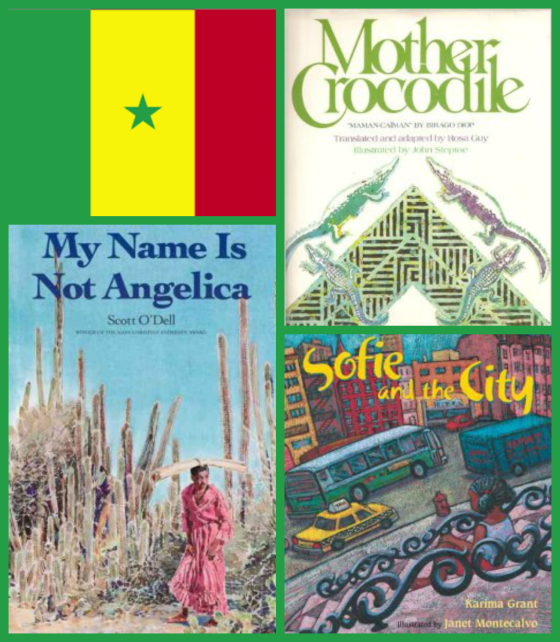 Finally we have our resource books about Senegal. Some of these are for older children as well.
Finally we have our resource books about Senegal. Some of these are for older children as well.
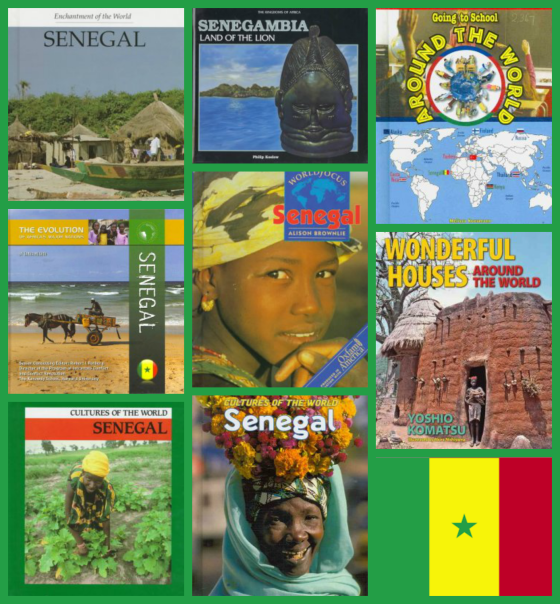 Two of the books are about houses and schooling around the world. My daughter really liked the house book. The ones in Senegal were from villages in Casamance region. The house in the center of the village has a roof that allows the inside of the house to collect rainwater so it can be used as drinking water. The author of the book was able to fly over the village to get a picture of the roof. I cannot find one on-line to share with you. This book also has a special house from Bolivia in it.
Two of the books are about houses and schooling around the world. My daughter really liked the house book. The ones in Senegal were from villages in Casamance region. The house in the center of the village has a roof that allows the inside of the house to collect rainwater so it can be used as drinking water. The author of the book was able to fly over the village to get a picture of the roof. I cannot find one on-line to share with you. This book also has a special house from Bolivia in it.
Now it is time to explore Senegal with different recipes. Join us on our blog hop to see all the wonderful Senegalese recipes, crafts and more shared and feel free to share your own. We also have the wonderful Senegalese placemat and passport pages (and of course our passport cover) coming soon to download for free to help teach your children about Senegal.
Powered by Linky Tools
Click here to enter your link and view this Linky Tools list…

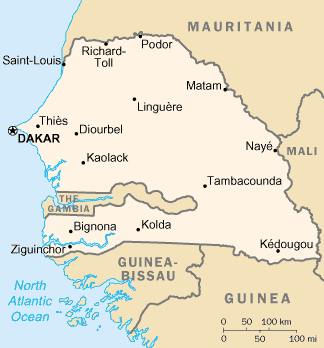



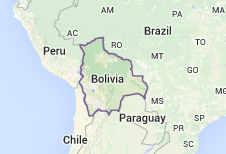





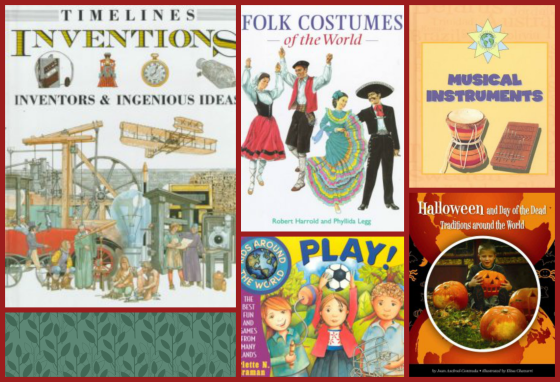


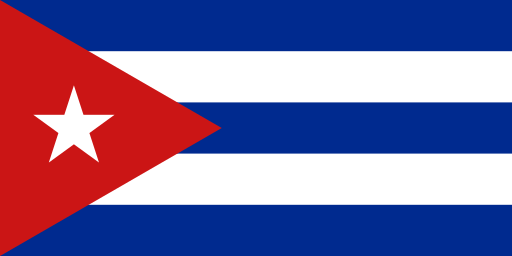



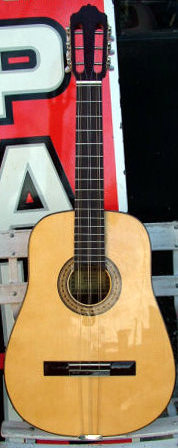

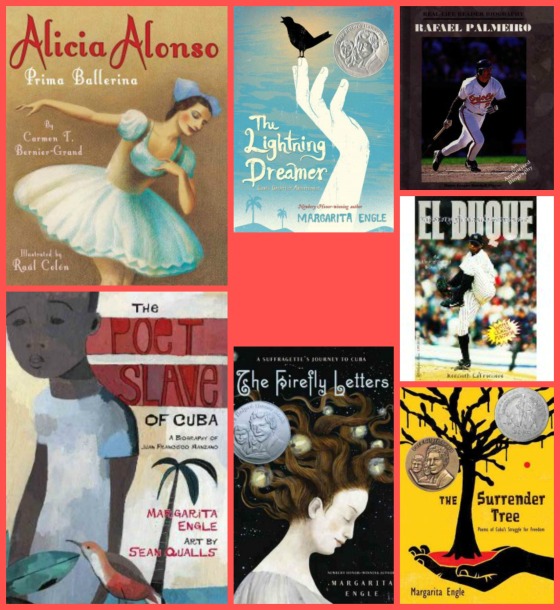



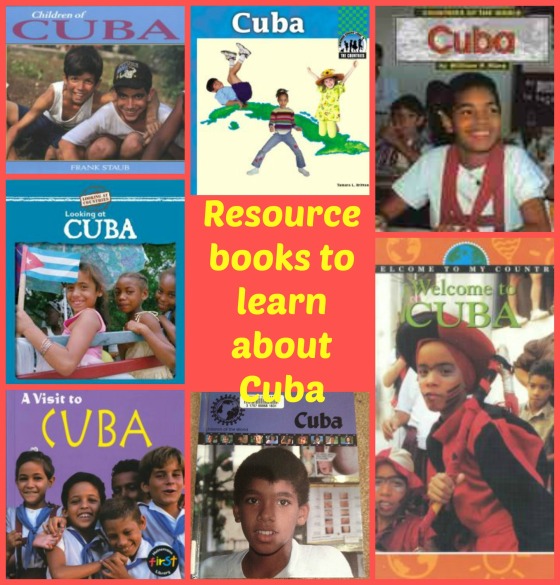





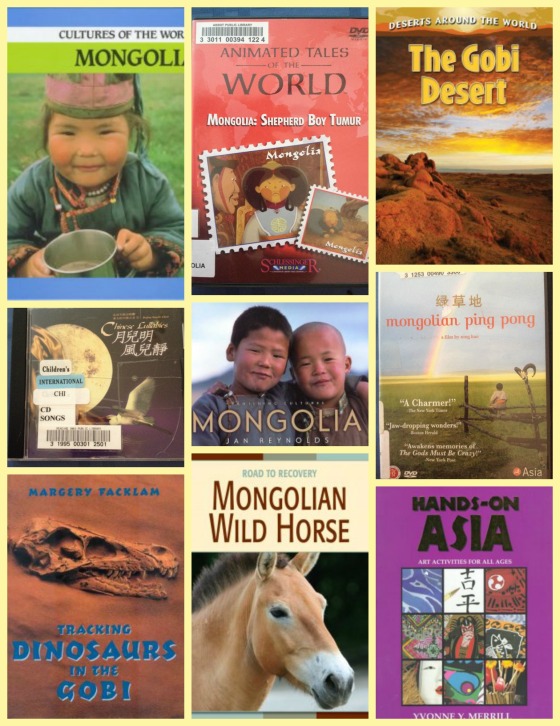






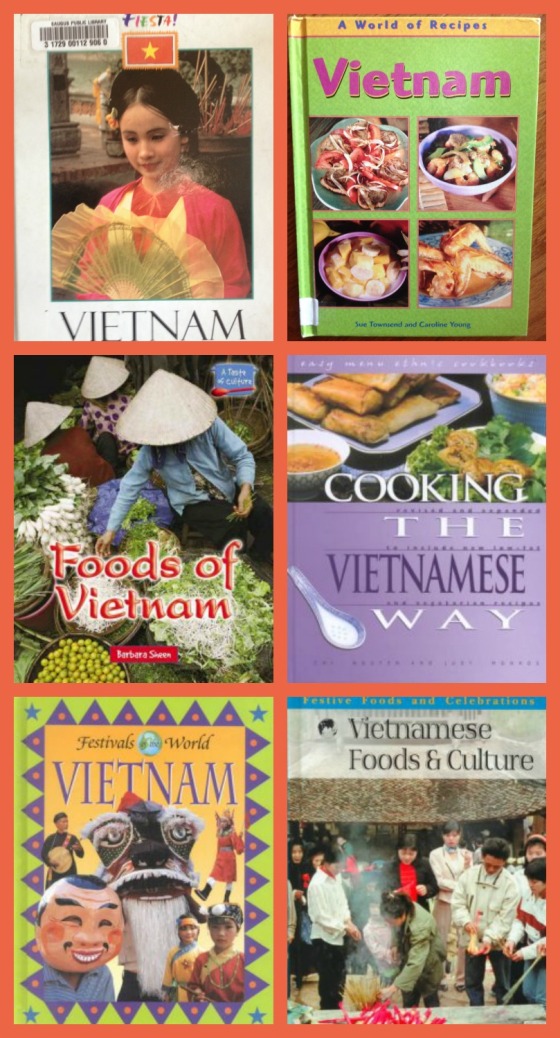


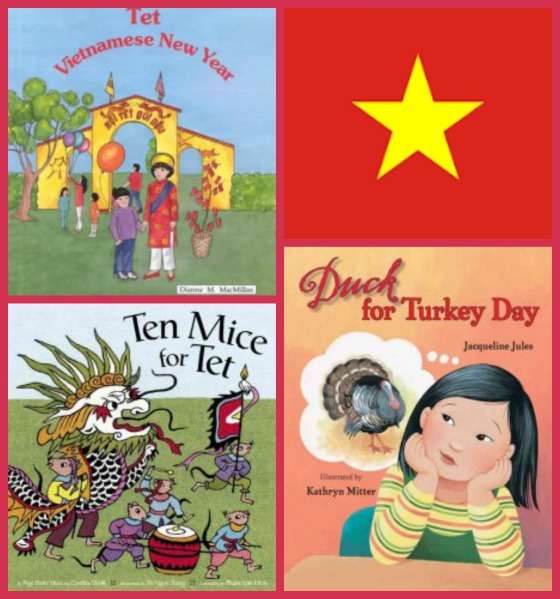
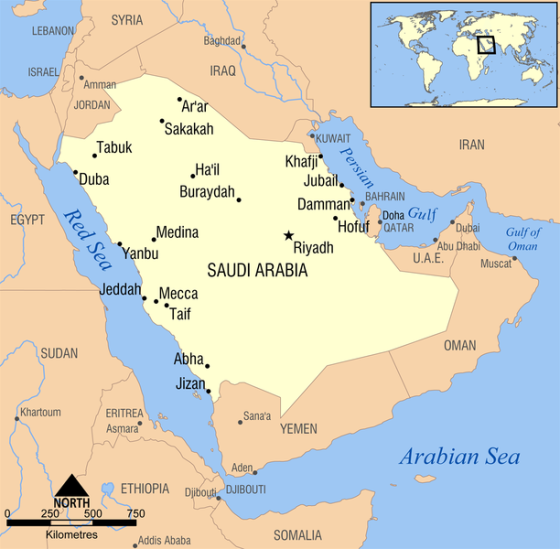


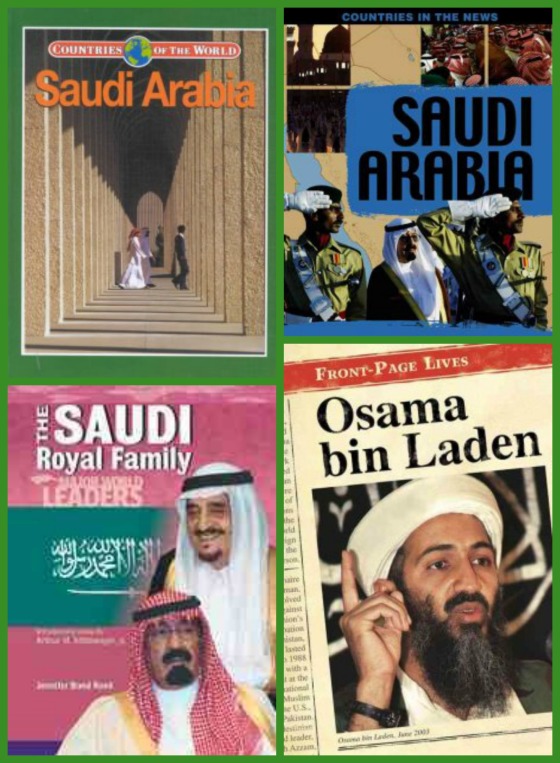
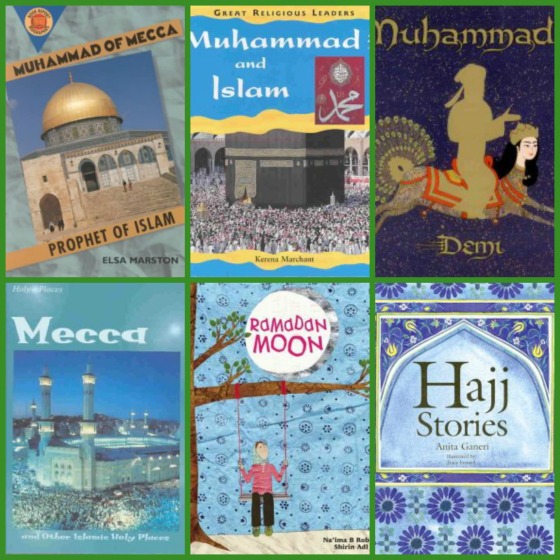



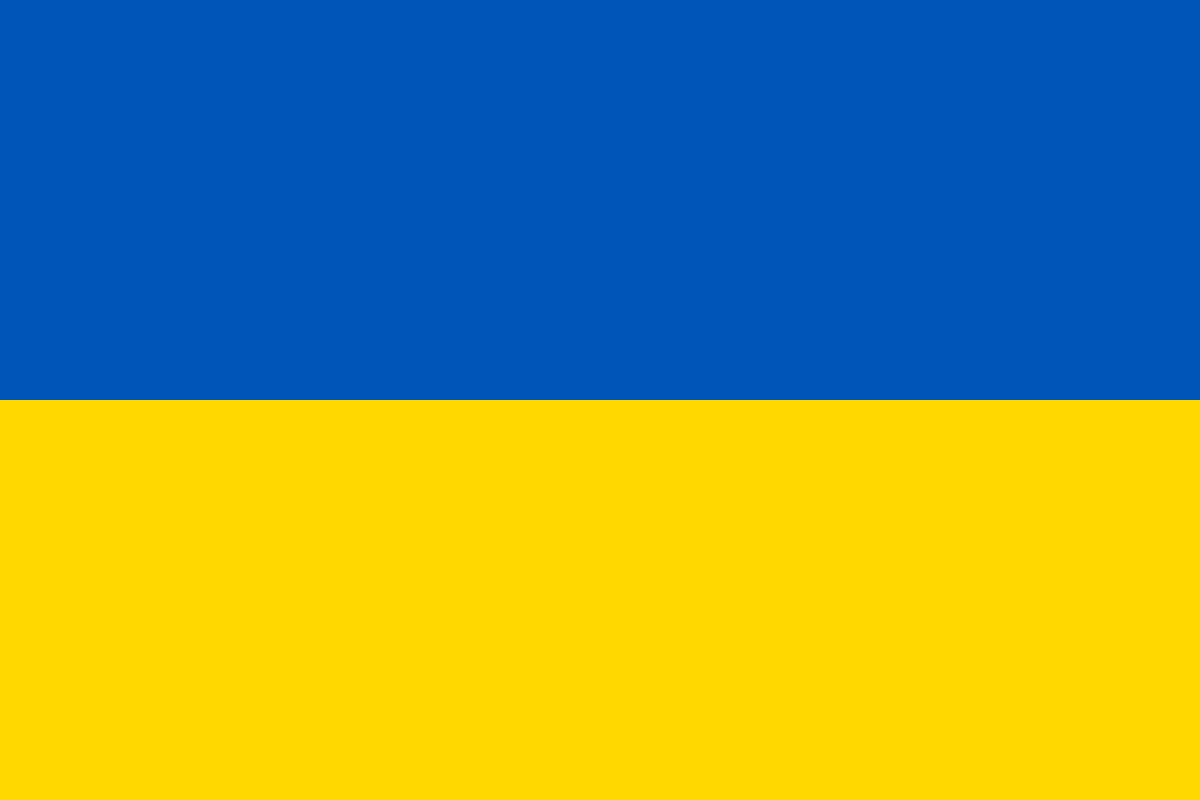

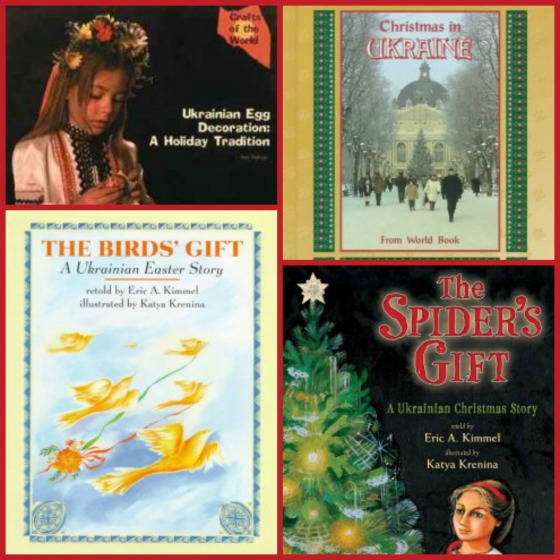

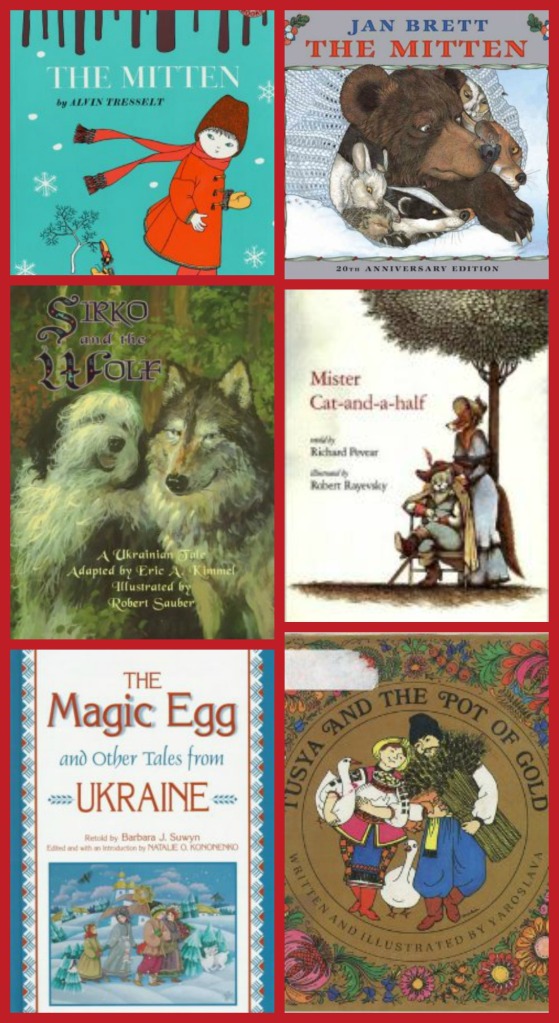

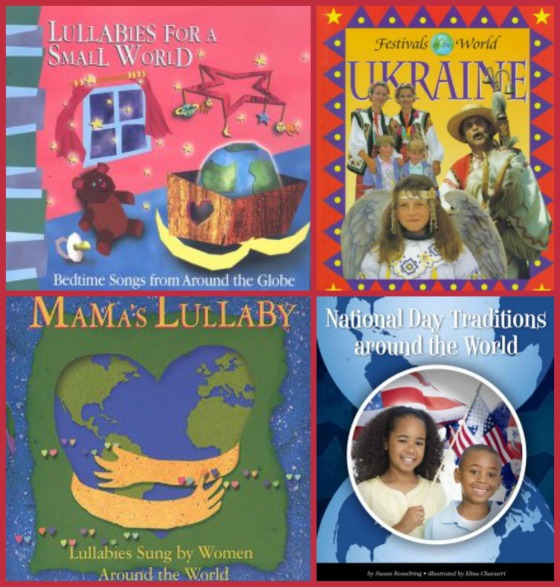



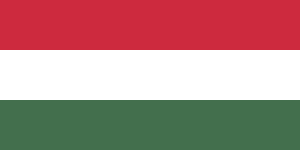


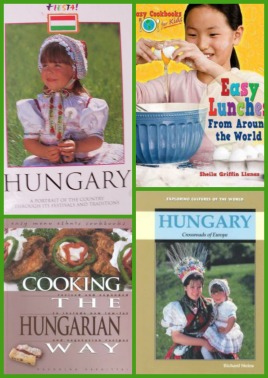
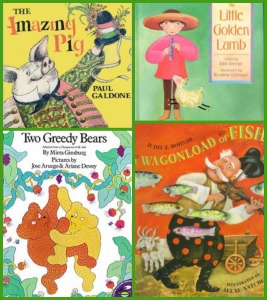
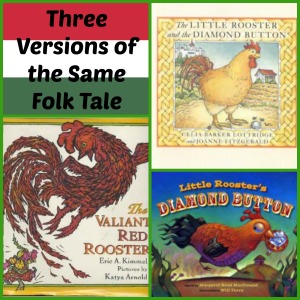

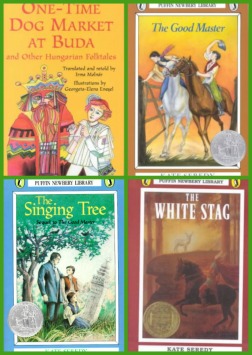
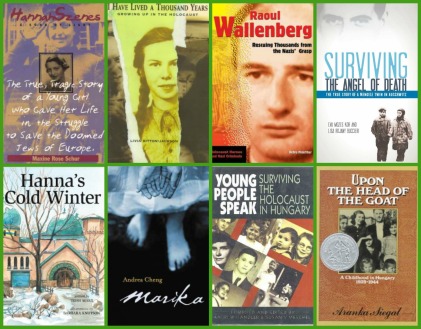
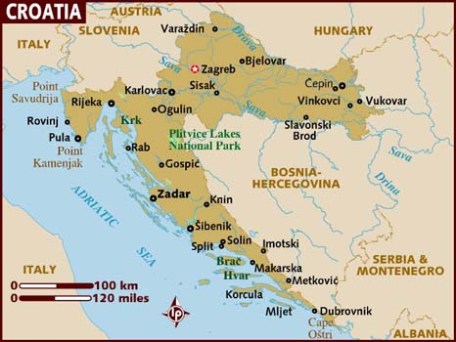
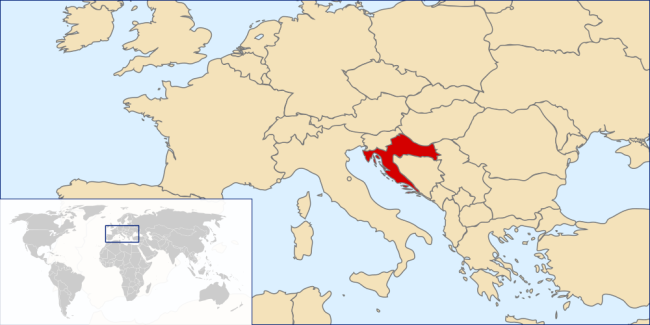
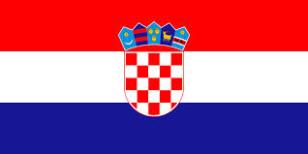 The Croats arrived in present day Croatia in 7th century AD. Later they became a kingdom upon choosing a king in 925. In 1102, Croatia entered a personal union with Hungary. After World War I, Croatia seceded from Austria-Hungary and emerged into Yugoslavia. During World War II a fascist puppet state Croatia existed and after the war became a founding member of the socialist state of Yugoslavia. Then declared its independence in 1991. Croatia is a member of the European Union, NATO, United Nations and the World Trade Organization. It is a founding member of the Union for the Mediterranean.
The Croats arrived in present day Croatia in 7th century AD. Later they became a kingdom upon choosing a king in 925. In 1102, Croatia entered a personal union with Hungary. After World War I, Croatia seceded from Austria-Hungary and emerged into Yugoslavia. During World War II a fascist puppet state Croatia existed and after the war became a founding member of the socialist state of Yugoslavia. Then declared its independence in 1991. Croatia is a member of the European Union, NATO, United Nations and the World Trade Organization. It is a founding member of the Union for the Mediterranean.


